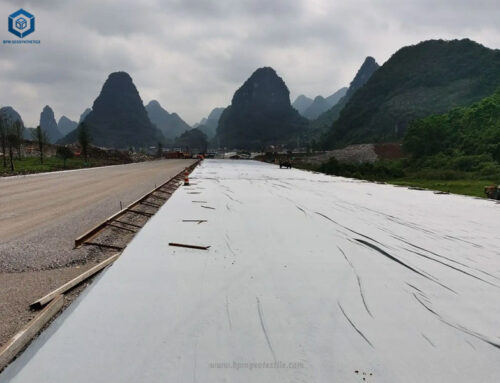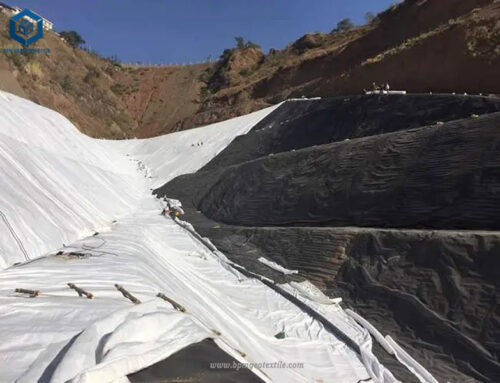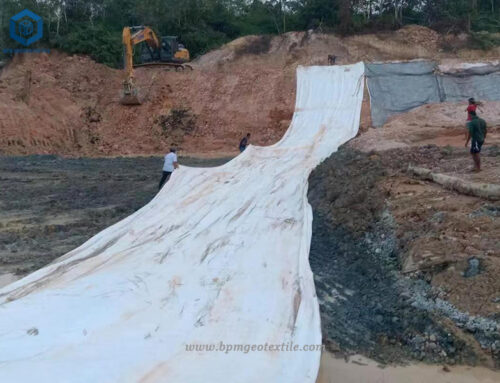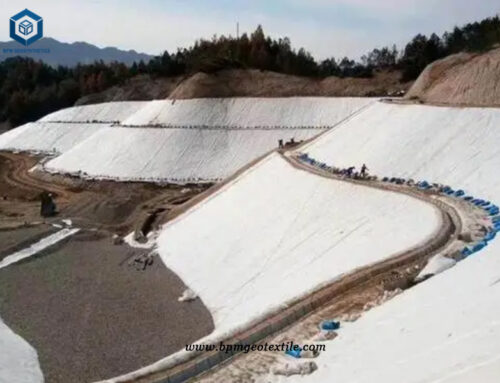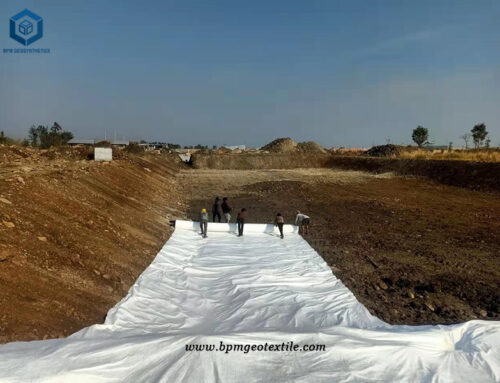CASE STUDY
- Location : Philippine
- Product(s) : Staple Fiber Geotextile Fabric
- Application : Dam Project
Philippine customer inspected the dam, many cracks and subsidence were found in the embankment. The cracks are horizontal and vertical. The collapse was caused by soil erosion and cracks, and it was found on both upstream and downstream slopes and wave crests. Insects and other animals are using cracks and holes to dig holes. Many mesquite shrubs were found on the embankment. The roots of the mesquite shrubs penetrated many open cracks and reached a considerable depth. Cracks tended to increase with depth. This finding indicated that the top of the embankment was under pressure and the bottom was under tension, all of above indicated that the foundation of the embankment had undergone subsidence. Based on all the evidence, it was concluded that the cause of the cracking was that the foundation collapsed during wetting during the periodical storage of water in the reservoir after the runoff event.
Several large-scale penetration tests were carried out from the top of the embankment to determine the extent of the cracks. Three test pits were excavated at the top of the embankment and filled with gravel. Both transverse and longitudinal cracks were observed on the pit wall.
In all cases, the pit was quickly emptied, usually with little or no flow from the upstream or downstream slope of the adjacent pit. After conducting a penetration test from the top of the dam, two test pits were excavated near the downstream of the dam to determine whether seepage water migrated downstream of the dam and below the dam surface. No signs of water seepage or material introduced into the upper test pit were found at any location.
Based on these investigations, the client hopeed that we can find suitable materials to repair this dam. The client hoped that BPM arranges engineers to inspect the dam and discusses with the engineers of the Philippine company to discuss the best solution to the dam problem. According to his budget, BPM coorperated with the customer to provide the appropriate solution.
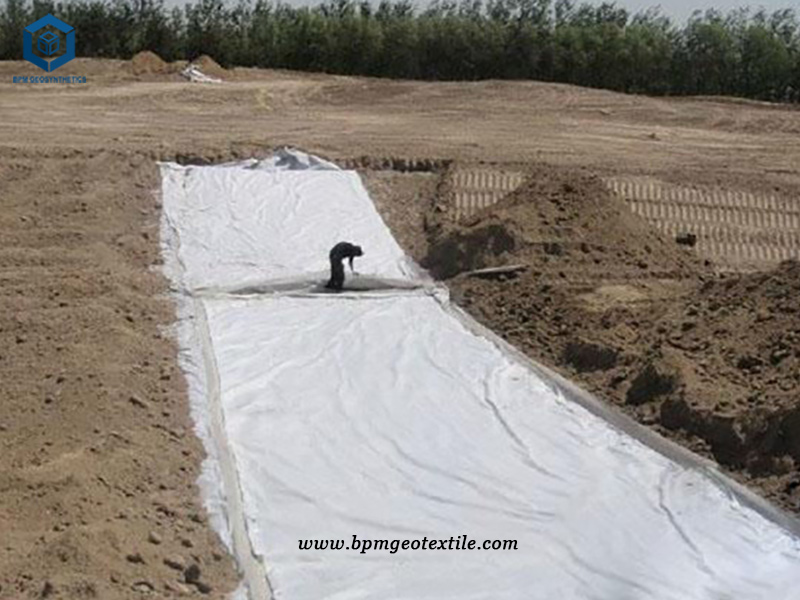
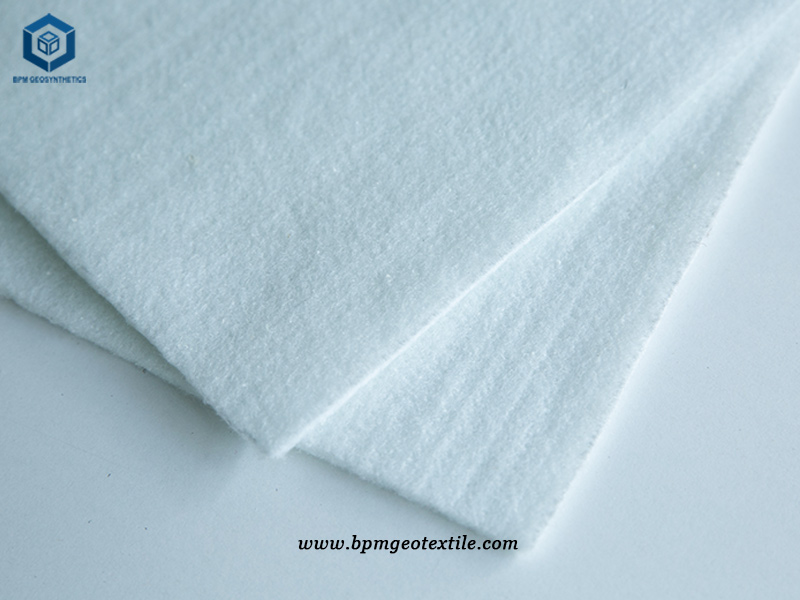
Solution
Based on the results of the penetration test and other observations at the site, it was clear that a wide range of crack systems formed in the embankment and foundation alluvium. Geological survey showed that the clay rock on top of the foundation was highly fractured. For reasons of economy and constructability. After communicating with the customer, BPM engineers went to the customer’s local area for on-site inspections. BPM engineers gave the following suggestions based on the local geological conditions. BPM experts and engineers recommenedd customers to use short fiber geotextile fabric for soil stabilization of the dam. Philippine engineers and BPM engineers reached a consensus. A staple fiber geotextile was chosen because of its filtering and elongation properties. Specify the use of 500gsms staple fiber geotextile to provide enough tensile strength to span existing cracks or cracks that may occur during the entire life cycle of the structure. It was also desirable to have good resistance to root penetration. At the same time, operation and maintenance guidelines were developed to include the control of mesquite and other woody plants on the embankment.
The staple fiber geotextile fabric for soil stabilization is placed in the embankment deep enough to ensure stability against internal hydraulic pressure. Its main purpose was to prevent any soil particles from migrating through the dam through its filtering function.
And customers hoped that we could deliver quickly to help them install staple fiber geotextile to repair the dam. And confirmed order with us soon.
Benefits
Staple fiber geotextile fabric for soil stabilization is usually made of 100% original short fiber polypropylene fiber or polyester. These fibers are entangled with each other through a needle punching process; Staple fiber geotextile is a kind of non-woven and industrial fabrics. It uses polyester crimped staple fiber with a fiber denier of 6-12 denier and a length of 54-64mm as raw materials. The non-woven production equipment is opened, carded, messed up (short fibers are intertwined with each other), laid (standardized entangled and fixed), needle punched and other production processes are made into cloth. Staple fiber geotextile is a permeable needle-punched geotextile. When used in combination with soil, it can be separated, filtered, reinforced, protected or drained. The geotextile fabric for soil stabilization is a strong, durable, air-permeable and deformation-resistant non-woven fabric . It is a permeable geosynthetic material that exists between the soil and pipes, gabions, or retaining walls, and strengthens water movement and hinders soil movement.
Staple fiber geotextile Already used in the opposite case Permanent water-based earth-fill dam progressing, economically highly effective repair.
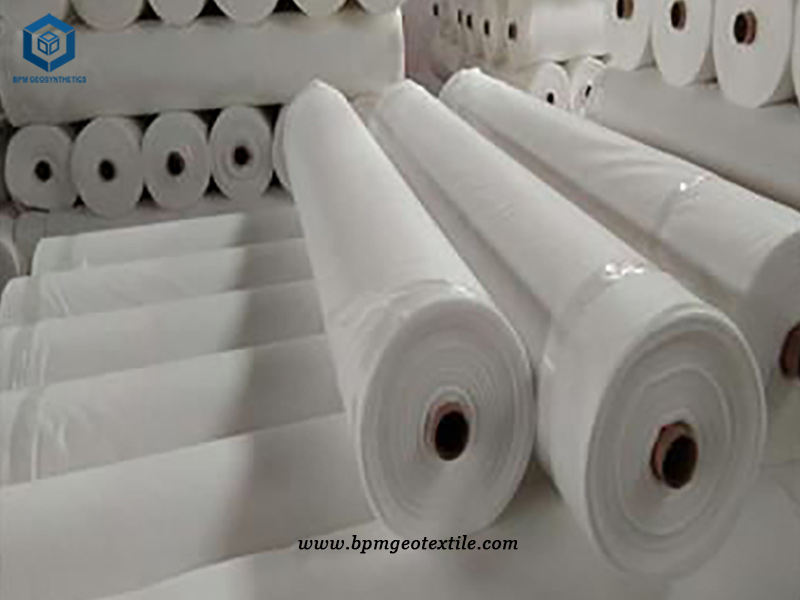
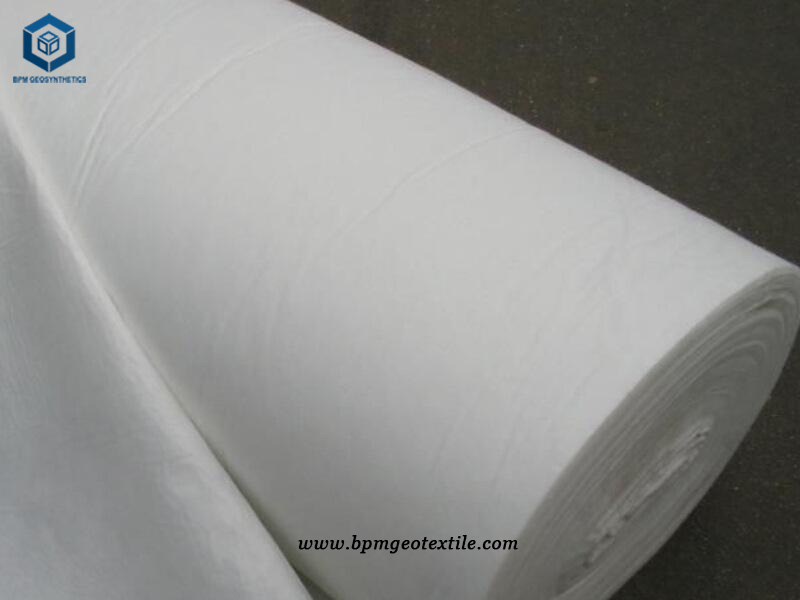
Summary
Staple fiber geotextile fabric has the functions of separation, filtration, protection and drainage, and has been successfully used in many fields of civil engineering, water conservancy engineering, and gardening and landscaping. Staple fiber geotextile for soil stabilization has the following Functions.
- Utilization Staple fiber geotextile Good permeability Japanese permeability, excess water use, and effective spillage of sand and soil.
- Staple fiber geotextile with good water-conducting performance, other can soil internal formation drainage passage, multiple liquid Japanese gas external discharge in the general soil structure.
- Utilization Staple fiber geotextile Increased soil anti-abrasive degree sum Anti-transformation ability, increased building structure determinism, improved soil mass.
- Effective general concentration and stress, stress or decomposition, prevention soil external force action.
- Prevention upper and lower layers of sand stone, confounding and confounding.
- Reticular formation: Indeterminate form of fibrous formation, formative network formation, and transformative harmony.
- High permeability — Good permeability retention under the pressure force of soil water
- Corrosion-resistant — raw materials such as alkali or alkali, acid-resistant, non-corrosive, insect-proof, anti-oxidant
- Construction unit – Weight rut, usage convenience, construction unit
Construction Guidelines of staple fiber geotextile Fabric.
- Use human hands to roll up the cloth surface, make the cloth surface smooth, and leave a reasonable margin for deformation.
- The installation of Staple fiber geotextile is usually connected, stitched and welded. The total width of seam welding is usually more than 0.1 meters, and the total width of connection is usually more than 0.2 meters. Or the long leakage of the non-woven fabric should be welded or sewn.
- In large buildings, this kind of raw material will be used, and the use of this kind of raw material is very simple, and does not take too much time to lay, and can be implemented in different buildings. Some machines of the project were welded to this material, making the welding easy, and the result was very good.
Specifications of Staple Fiber Geotextile Fabric for Soil Stabilization of Dam Project in Philippine
- Total geotextile quantity–82,000 squares meters
- Geotextile Weight – 500gsm
- Each roll size is 6m*50m
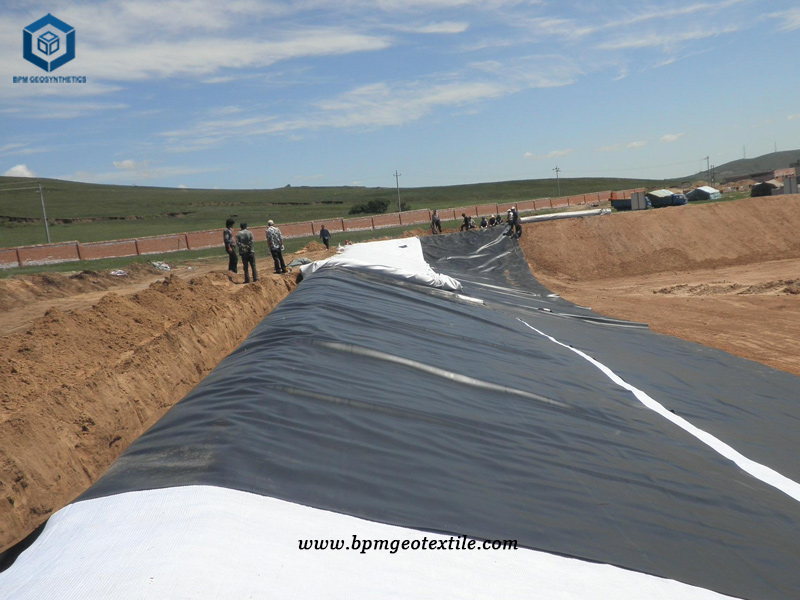
About BPM
BPM manufactures and wholesales many types of effective and states of the art geotextile, geomembrane, and other geosynthetics to over 36 countries. BPM geosynthetic products are widely used across a variety of industries including waste containment, water containment, aquaculture, industrial project, energy project and mining projects, etc. BPM main customers are from Australia, France, Sweden, UK, Hungary, New Zealand, Poland, Mexico, Ecuador, Brazil, Pakistan, Bangladesh, Thailand, Vietnam, Malaysia, Indonesia, Singapore, Philippines, Sri Lanka, India, UAE, Saudi Arabia, Qatar, Kenya, etc.
BPM is not only manufacturing best quality geosynthetic products but also providing professional design and installation service. OEM, ODM, custom development and fabrication are also available. If you have any questions or inquiries, please fill and submit the following form, we will reply as soon as possible.

